It’s probably unsurprising to you that kids learn a lot through books. Books can teach kids about shapes, rhymes, vocabulary, and other cultures of the world.
But did you know that books can also help kids to learn to enjoy new foods?
It’s true!
Developing a palate for new foods starts with an interest in the food.
Books can spark that interest!
And it’s not just a theoretical idea. This hypothesis has been tested in research studies. Studies show that when children are read books about particular foods, they later have a preference for pictures of those foods over unfamiliar foods.
In this study, caregivers of toddlers aged 19-26 months were asked to read a book about an unfamiliar vegetable everyday for two weeks. Afterwards the children were offered the veggie from the book and another unfamiliar veggie. Amazingly, the toddlers ate more of the veggie that they became familiar with through reading the book!
The same holds true for older children. In another study, children (aged 4-8) who were read a book featuring carrots ate twice as much carrots as compared to a group of children who didn’t have the book read to them.
Tips for Reading Books About Food With Your Children
1. Read, repeat, read, repeat!
Just seeing a new food once isn’t likely going to inspire a big interest or familiarity with a new food. In the same way that kids often need to repeatedly taste new foods before coming to accept them, they also need multiple visual exposures before an interest in the food develops.
2. Make the reading interactive
The studies also show that getting the kids engaged in the reading of the book increases their preference for the food. Depending on the age and stage of your child you can ask questions such as:
- What do you see happening on this page?
- Can you point to the ____?
- Is the carrot blue or orange?
- How does this make the character feel?
- How many ___ do you see?
3. Avoid talking about the taste of the food
If you ask a question such as “do you like carrots?” your child will have to make a decision and answer “yes” or “no.” If they’re uncertain about the taste, they will likely just say “no.”
Contrary to popular belief, our taste preferences begin in the brain, not on our tastebuds! If we decide in our minds that we don’t/won’t enjoy something, then the brain is primed to interpret the taste of that food as something unenjoyable.
15 Food Books for Babies and Toddlers
Okay, now that we’ve discussed the power of books and have given you some tips for reading them with your kiddos, let’s dive into our recommended books. We’ve included handy Amazon (affiliate) links if you want to add them to your collection!
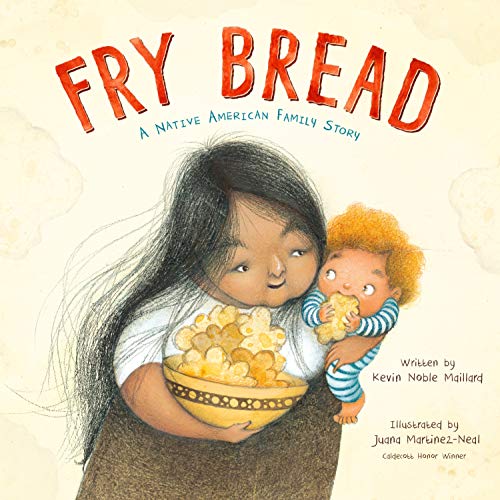
Fry Bread- Kevin Noble Maillard
Food is so much more than fuel, it can even be a symbolism of community and resilience. This is a delightful book celebrating the cultural significance of fry bread (aka bannock) for the North American Indigenous people.
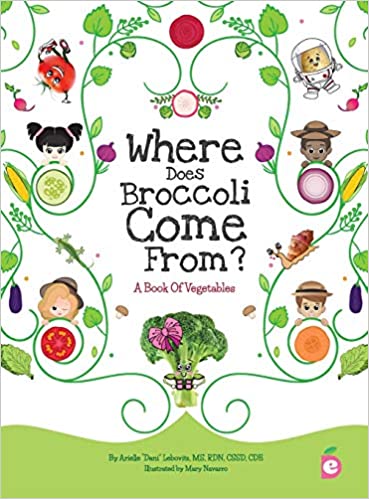
Where Does Broccoli Come From? -Arielle Dani Lebovitz
This is a colorful and playful vegetable guidebook written by our Insta-friend! Learn fun facts from farm to table, vegetable seasonality, nutrition information, an introduction to cooking with tasty recipes, and how to pick, store, and eat veggies too. This book is generally recommended for ages 4+.
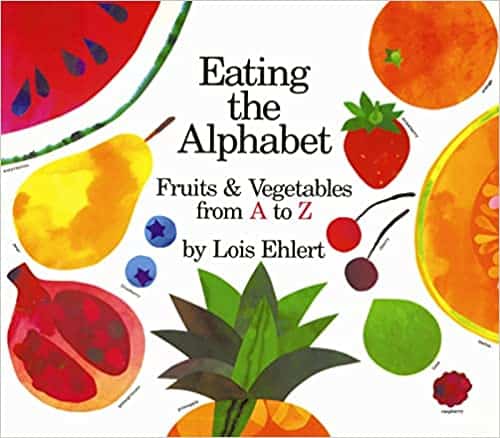
Eating the Alphabet -Lois Ehlert
From apple to zucchini, each page features a letter of the alphabet and beautiful water colour paintings of produce that start with that letter. My kids have fun naming the fruits and vegetables that they recognize and exclaiming about which ones are their favourites. A great way to expose kids to nearly any fruit or vegetable you can imagine!
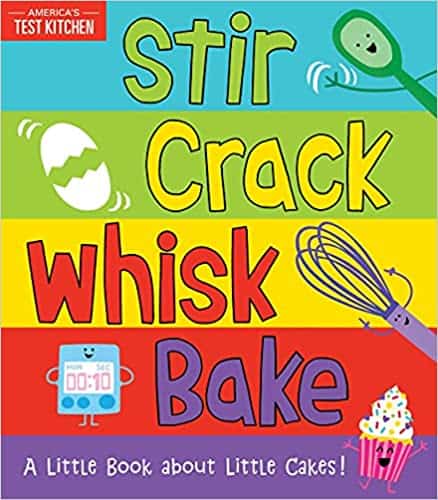
Stir Crack Whisk Bake - America's Test Kitchen
This is an interactive book where toddlers can join in and help to "bake" a batch of cupcakes! They will be invited to help crack the eggs, stir the ingredients together, and help cool the cupcakes down by blowing on them. This book was on repeat for a week in our house! My four year old kept asking to read it over and over again.
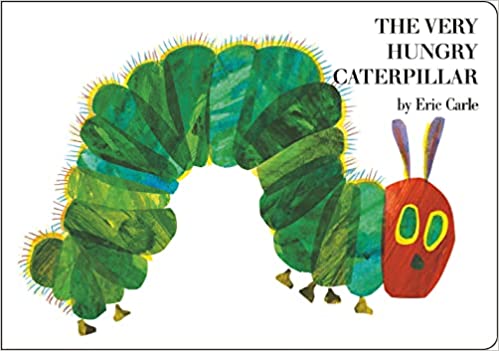
The Very Hungry Caterpillar - Eric Carle
This classic book follows a week in the life of a caterpillar as he munches through leaves and other foods to prepare himself for his metamorphosis into a butterfly. While we're talking about this author, Eric Carle has also written "Pancake, Pancake", which tells the story about how all the ingredients of a pancake are prepared (wheat is threshed, a cow gets milked, eggs get collected) before they can be made into a pancake. We love the food origins in this one!
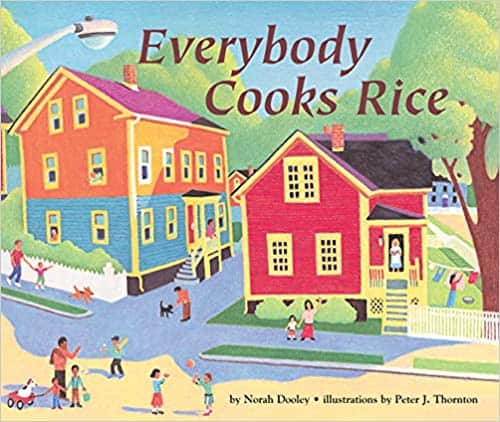
Everybody Cooks Rice - Norah Dooley
The protagonist in this story is off on a search throughout her neighbourhood to find her younger brother. As she peeks into her neighbour's homes around dinner time, she learns that even though they all come from different places around the world and their dishes taste different, there's one thing that unifies them: they all cook rice!
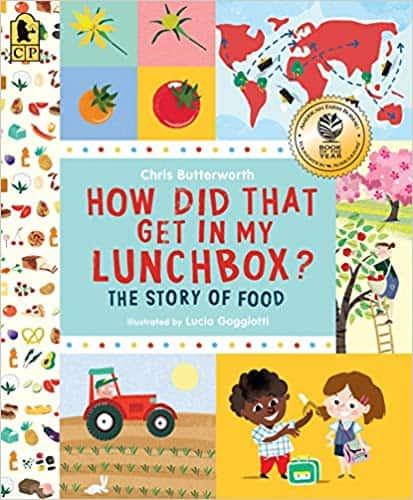
How Did That Get In My Lunchbox? - Chris Butterworth
It's important to help children (who will grow to be consumers, like you) understand where their food comes from. This book is an opportunity to learn more about ingredients like cheese, flour, tomato and oranges are grown, harvested and delivered to your home!
15 Titles and Counting....
We’ve only listed 15 books in this article but we know there are so many other treasured stories out there about food!
What are some of your favourite books about food for kids?

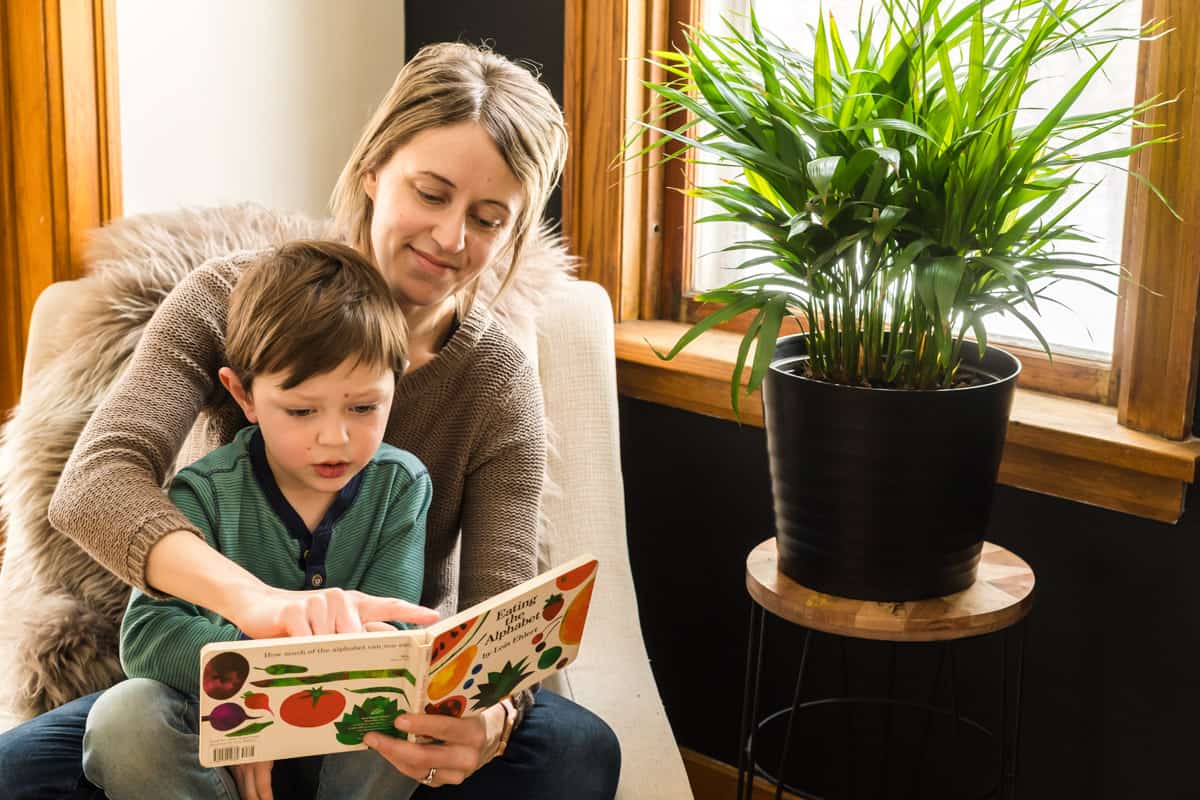
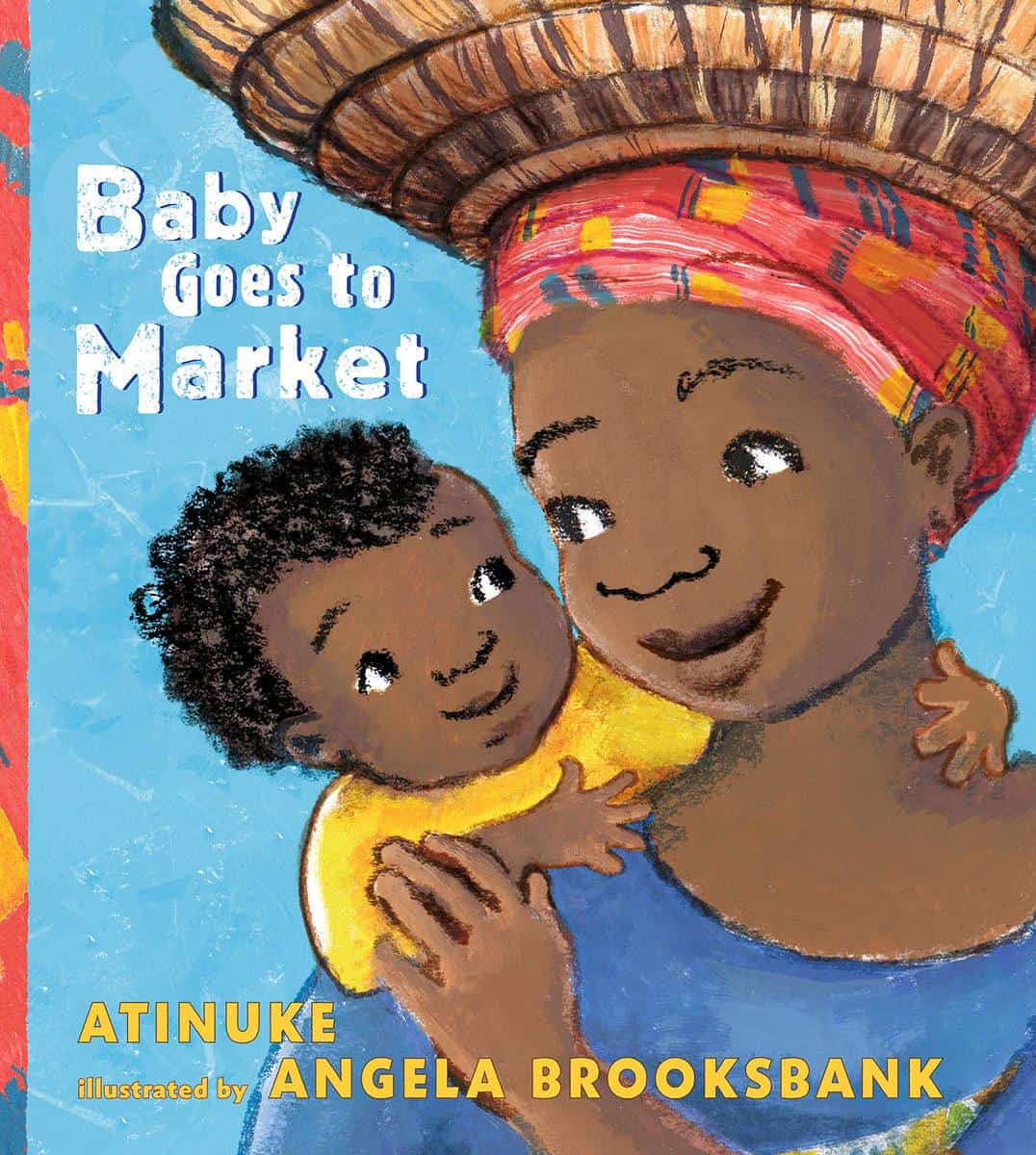
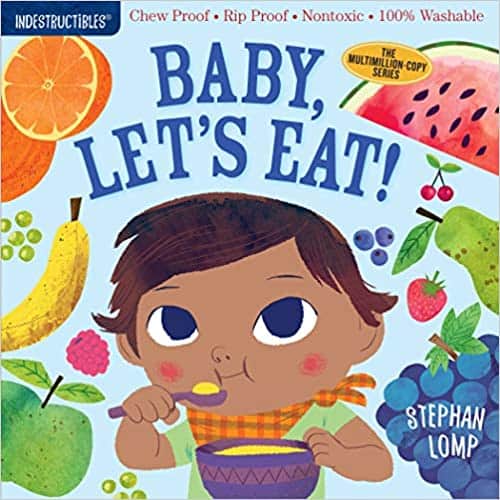
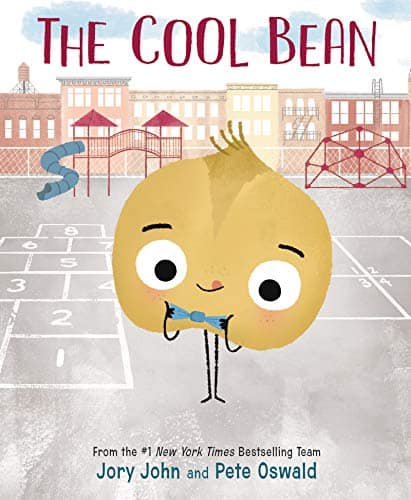
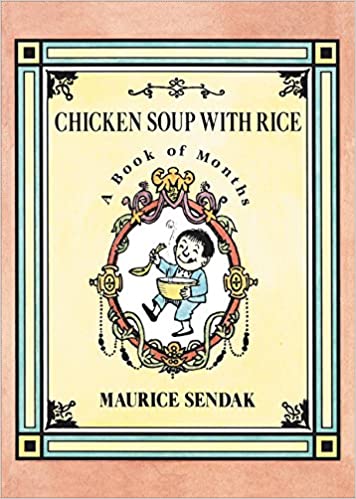
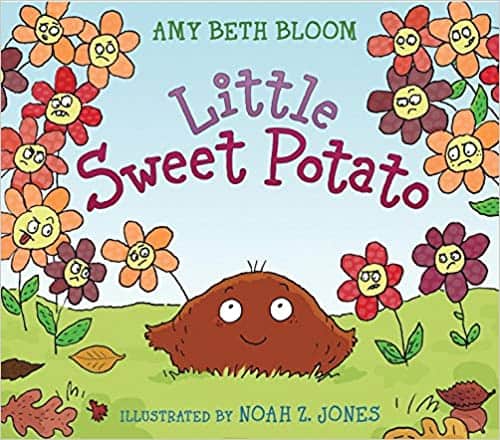
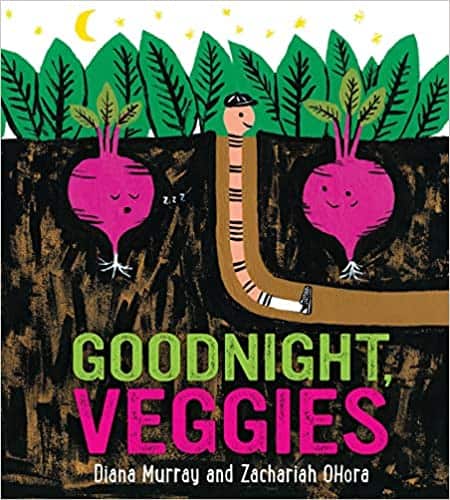
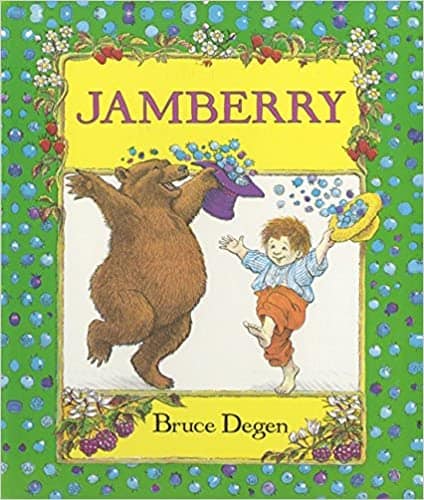
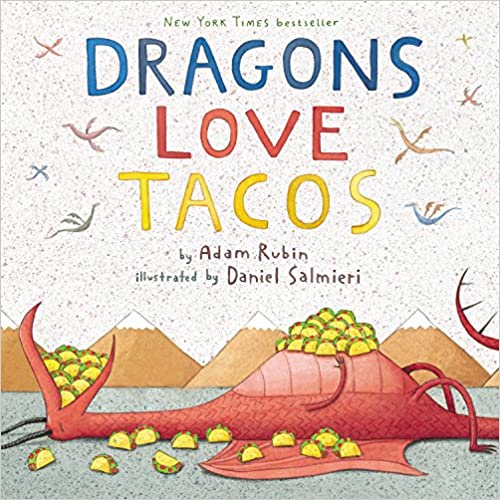


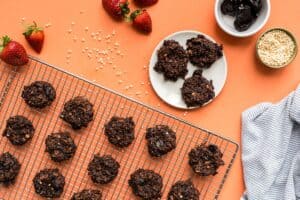

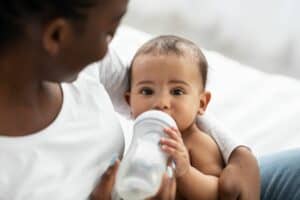
2 thoughts on “15 Books About Food for Babies and Toddlers”
Here are a few other cute ones: https://shop.collectedworksbookstore.com/search/author/%22Wilson%20Sanger%2C%20Amy%22
Cute! Love the ideas. Thanks for sharing.